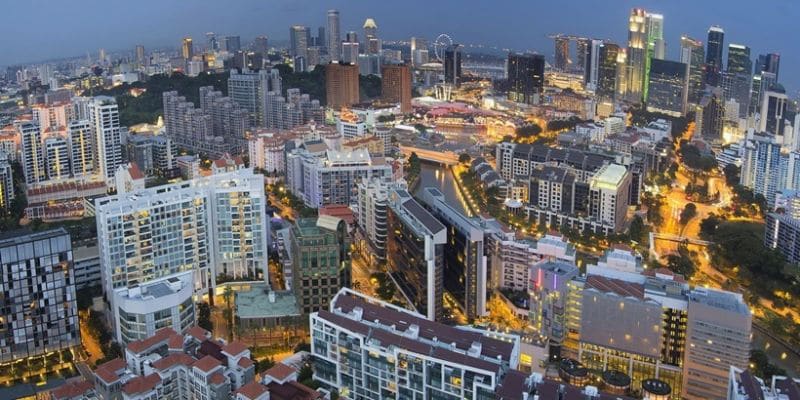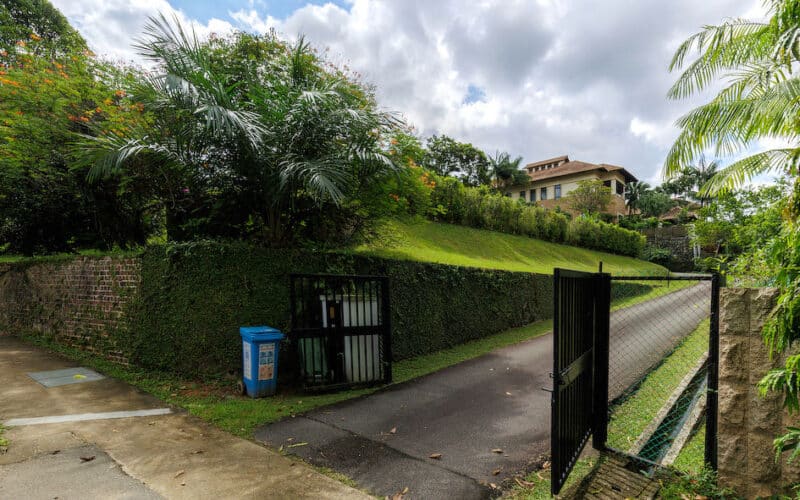In spite of the fact that homes sales are selling fast, still fewer developers are anticipated to concentrate on residential developments which are bit smaller such as the Government Land Sales (GLS) located around H2 2017, disclosed by Edmund Tie and Company.
This took place as the developers attempted to reduce the chance of acquiring ABSD or Additional Buyers Stamp Duties provided that those extraneous environments remain erratic.
The project of H2 GLS has four land areas that tender a minimum of 200 units and estimation of six land parcels for as many 700 units with each.
Edmund Tie and Company, the known Urban Redevelopment Authority or URA revealed that close to 2,035 private zero landed residential properties of Singapore have below 200 units only compared to a 274 public non landed residential property which showcases over 300 units.
“Smaller developments yields a reduce risk from developers end, and provided the ambiguous extraneous environment and the stipulated five year term period by the ABSD to dispose all properties over the development,” according to the report
Buyers whose goal is for the future investment will encounter minor competition in leasing their property after its total completion.
Buyers acquiring for investment, on the other hand, will face minor competition in leasing their property after its total completion also it gives chance for newbies developers a platform to advertise their products because there are fewer occupants enjoying the facilities, the development tends to be more private.
Nonetheless, economies of scale are difficult to reach if projects are smaller, shared by Edmund Tie & Tie Company.
With an increasing site analysis ratio, the big project enables developers to market new perspective or concept and provides a huge combination of units to attract buyers.
Meantime, buyers acquiring units in larger projects guaranteed “to experience and enjoy an array of facilities and advance amenities at their units while paying a lesser operational fee because of the huge resident base. “




